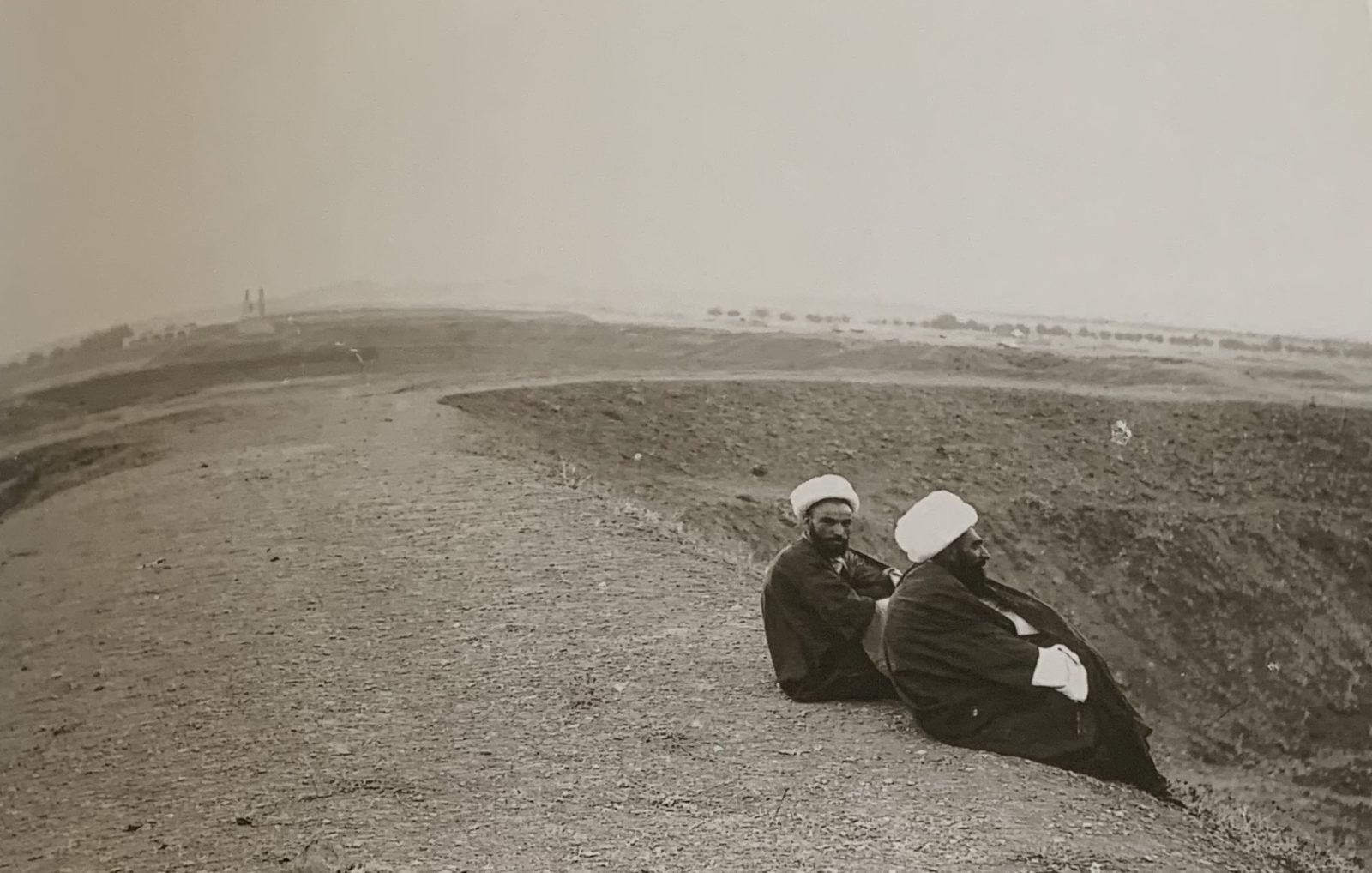Blogs en video's
The media ecologies of Shia clergy: a short reflection on the co-evolution of religion and media in nineteenth-century Iran
We often assume that religions are shaped on the basis of ideas: about the world, about humans and their relations to that world. In a similar vein, we might compare the different world religions in terms of their ideational bases. For example, we might hasten to think that Islam and Zoroastrianism are different by virtue of the different ideas that they have about the world material/spiritual setup. We might also recognise similarities between them on account of, among others, their monotheistic ideas.
On the forefront of religious scholarship today, however, this kind of thinking has become increasingly obsolete, or to say the least, quite unattractive. This idea-based approach to religion, among many other shortcomings, fails to explain the ways in which religions change and form in time. In Islamic scholarship, for instance, some scholars might argue that there are coherent ideas that tie together the Islam of the past and the present. They might argue that such ideas have roots in a certain conception of God, in the prophecy of Muhammad, the scripture of the Quran, and in the case of Shiism, in the religious legitimacy of the Imams. However, if we were to ask about the ways in which these ideas were practiced, represented and performed in different times and geographies, enquiring only about those ideas would not take us far. How can the Islam of the digital age in Europe be the same as the Islam of the age of photography in the Middle East? And, even further, how can these versions of Islam, embedded in such modern media, be the same as the kind of Islam in its early years of formation, when the main forms of communicational media were limited to oral modes and hand-written manuscripts?
Today, scholars are becoming much more aware of the role communication and representational media have played in shaping the specificities of a religion in a given period. The questions and problems they are interested in are no longer about the ideas behind every religion. They are instead asking how those ideas were performed and represented, and on more advanced levels, how religions form as part of various “media ecologies”—which I borrow from the media theorist Marshall McLuhan. To make this point clearer, I briefly examine the case of Shia Islam and its embeddedness in print culture in nineteenth-century Iran.
In the early nineteenth century, some European missionary institutions such as the Church Missionary Society, were becoming increasingly active in India and the Middle East. Using printing technologies, they published pamphlets and books favourable to Christianity and critical of Islam. They even translated the New Testament in Persian and published it on a mass scale. These printed texts presented serious critiques against the Quran and argued against the credibility of its ideas and of its Prophet’s claims.
Faced with this rapidly emerging threat, Islamic scholars, the ulama, felt the urgency to somehow respond to these activities. Doing so, they had to adapt to the media techniques and technologies of their opponents. They had to learn to use the printing press and also adapt the referencing techniques used by the missionaries so as to be able to refute their claims. For instance, they had to use page numbers and explicit references to the editions of the books—which were not common methods in the pre-print manuscript culture. They also had to appropriate the rational “enlightened” method of argumentation and naturalistic approach to the world, which the missionaries so skilfully used to prove how unsound, irrational and paradoxical the Quran was. Questions about the plausibility of the Prophet’s miracles, e.g. cutting the moon in half, were part of these newly surfacing problems that the ulama had to address. In short, they had to deal with questions and problems that had never been an issue before and only surfaced as the result of the missionaries’ activities within print culture.
The result of these new media practices re-shaped the very Shia clerical institution. By the mid-nineteenth century, Shia jurisprudence was radically different from its past form in the mid-eighteenth century. The jurists (fuqaha) had to develop new methods and new concepts to deal with the changing media-cultural landscape. One of the most telling examples was the shift in the jurisprudential view on the possibility and legitimacy of obtaining new knowledge about the world. Known as occlusion (insidad), the powerful jurists of the mid-eighteenth century believed that the way to obtaining any new knowledge about the world was forever closed after the major occultation of the twelfth imam. But by the mid-nineteenth century, this idea could no longer subsist in the new print ecology, and was eventually replaced with the notion of openness (infitah)—meaning that the way to acquiring new knowledge remains at all times open.
We can see much more complex changes taking place in Iranian Shiism as the result of the shifting media ecology during the second half of the nineteenth century and later in the twentieth century with the advent of telegraphy, photography, radio and television. Telegraphy weaponised the ulama’s fatwas and made their clerical order far more political than before. Photography linked that order to the emerging nationalism. From 1979 onwards, radio and television were already serving Khomeini’s beliefs. While the main ideas of Shia Islam have remained more or less the same across these media ecologies, the clerical order changed through, and evolved with, these media historical transformations.

